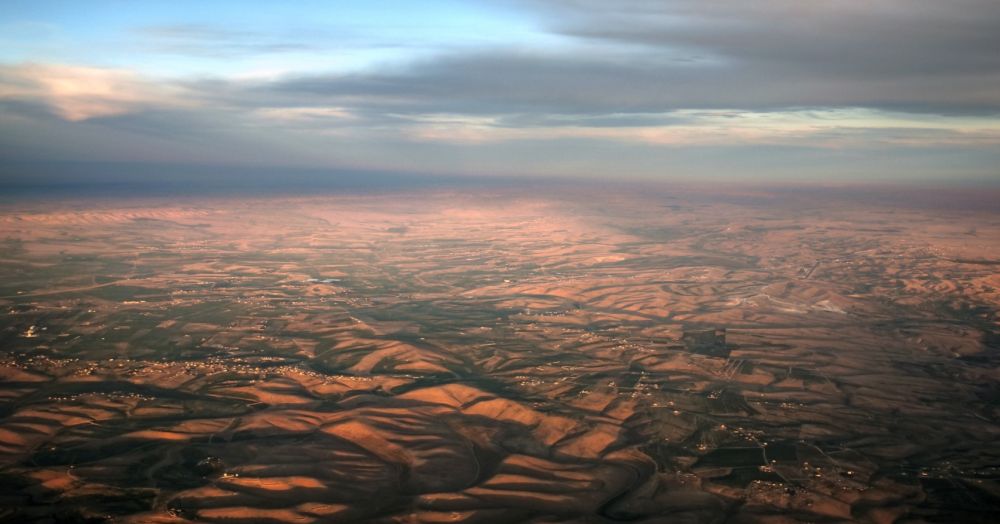USAID Global Waters: Strengthening Drought Monitoring Across the Middle East and North Africa
- From
-
Published on
25.11.20
- Impact Area

Despite the troublesome outlook, an innovative initiative launched in mid-2018 is increasing the capacity of several countries across the region to more effectively mitigate, manage, and even one day predict the next serious drought. With the support of USAID’s Middle East Bureau, the MENAdrought project is an ambitious collaboration pooling the resources and expertise of global leaders in the field of drought monitoring, forecasting, and management, including the International Water Management Institute (IWMI), NASA’s Goddard Space Flight Center, the National Drought Mitigation Center at the University of Nebraska-Lincoln, Johns Hopkins University, and others. Together, they are equipping water managers and engineers from Jordan, Lebanon, and Morocco with the training, data, tools, and planning skills needed to better respond to and endure the next major drought.
The post UAAID Global Waters: Strengthening Drought Monitoring Across the Middle East and North Africa first appeared on International Water Management Institute (IWMI).
![]()
Related news
-

Translating Climate, Peace, Security and Displacement Research into Policy and Action
Ibukun Taiwo21.11.25-
Climate adaptation & mitigation
Three years ago, the CGIAR Climate Security team of the Alliance of Bioversity International and …
Read more -
-

Bridging science, finance, and restoration: Insights from the sustainable beef investment roundtable
Multifunctional Landscapes Science Program17.11.25-
Climate adaptation & mitigation
Rome, 2–4 October 2025 — The Sustainable Beef Investment Roundtable brought together over 50 pa…
Read more -
-

COP30 Week 1: Negotiation Highlights and CGIAR Perspectives
Climate Action Science Program17.11.25-
Adaptation
-
Climate adaptation & mitigation
-
Mitigation
Week 1 of COP30 in Belém, Brazil – set against the backdrop of the Amazon…
Read more -
